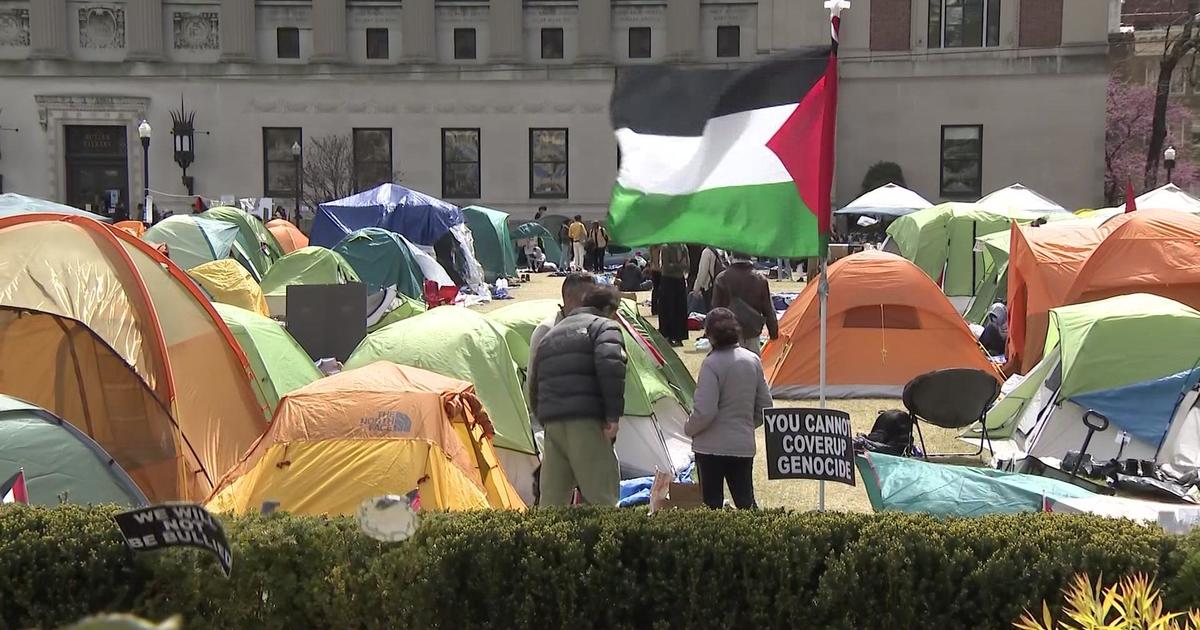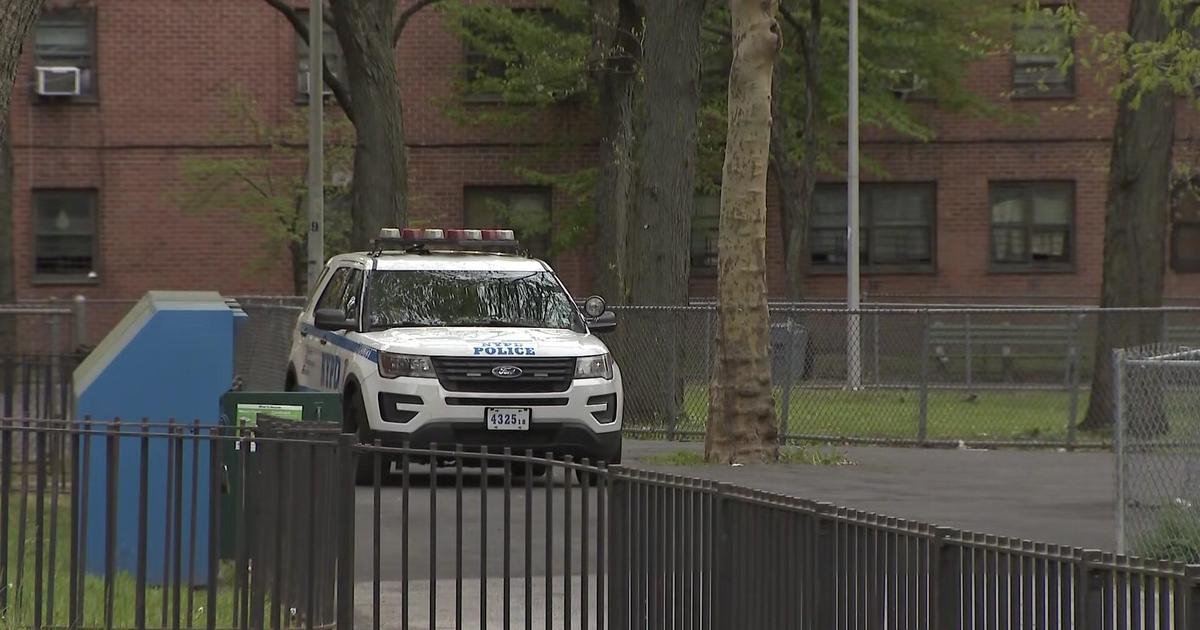Stimulus Package Update: As Unemployment Claims Climb, Have Both Sides Found Common Ground?
(CBSNewYork) -- Talks on a possible second stimulus package continued this past week between House Speaker Nancy Pelosi and Treasury Secretary Steven Mnuchin. And the House and the White House seem to be inching toward some sort of common ground. That common ground, however, is still far removed from anything the Senate might approve.
How far exactly? If Senate Majority Leader Mitch McConnell is to be believed, well over $1 trillion.
Pelosi and Mnuchin spoke at length Thursday afternoon. And in those discussions, a major hurdle was overcome. The two sides now seem willing to include a national strategic testing plan and not quibble over the specific language, according to a spokesperson for Pelosi.
Both sides already agree on the need for another round of stimulus checks of up to $1,200. Additional federal funding for unemployment insurance, on top of what states already provide, is also in the mix. The CARES Act included a weekly add-on of $600. A second stimulus package would likely include another payment in the $400 to $600 range as well.
Some distance still remains between what House Democrats want to spend and what the White House has officially proposed. The House passed a $2.2 trillion package a few weeks ago. The White House proposed $1.8 trillion last weekend. President Donald Trump has also made clear that he is willing to spend even more, so the significance of that $400 billion gap is unclear.
As the President said in a town hall Thursday evening, "We're negotiating. I'm ready to sign a big beautiful stimulus. I want it to be big, I want it to be bold. Nancy Pelosi and I, if we agree to something, the Republicans will agree to it."
That was probably news to McConnell. Much more significant than the $400 billion gap is the approximately $1.5 trillion gap between the total cost of a potential Pelosi-Mnuchin deal and what Senate Republicans would be willing to spend.
The Senate is set to vote this coming Monday on a proposal for more payroll assistance worth a total of about $500 billion. Last month, McConnell called a $2 trillion price tag "outlandish." He has also repeatedly stated he would not even bring a comprehensive package to the floor. (Pelosi, for her part, has been equally uninterested in entertaining stand-alone measures.) But yesterday McConnell mentioned to reporters that "we're in discussions with the secretary of the Treasury and the speaker about a higher amount." And President Trump seems willing to impress upon the Majority Leader the need for a larger stimulus package.
So the state of stimulus talks remains fluid, even as time runs out on reaching a deal before election day. The need for a second round of stimulus, however, grows more urgent by the day.
Job growth is slowing, and layoffs are rising. Last week 898,000 people filed for unemployment benefits for the first time, the highest level of new jobless claims in two months. Another 373,000 more who don't qualify for traditional unemployment requested Pandemic Unemployment Assistance.
The first round of stimulus checks is months in the past for most people. And now unemployment aid is starting to run out for those who lost their jobs early in the pandemic. That will only continue. The extra $600 weekly benefit from the CARES Act ended in July. And in the coming weeks and months, whatever unemployment benefits that states provide will also start to run out.
>>READ: Stimulus Package Update: What Happens To The Economy Without A Second Stimulus?
"So we hear a lot about the extra $600," notes Yeva Nersisyan, Associate Professor of Economics at Franklin & Marshall College. "Are people going to get it, or is Congress going to do it or not? But a more important question is whether we will extend the period over which people can collect unemployment. It depends on the state. From 13 to 26 weeks, that's how long unemployed people can collect unemployment. And for many of them, I think, by the end of the year, it's going to run out. For those that it doesn't, maybe early next spring, that's when it's going to run out."
Currently, 25 million people, over 15 percent of the workforce, are receiving some kind of unemployment benefits. The reduction in income for a large segment of consumers will surely affect the broader economy. "Evictions and foreclosures seem inevitable, without another stimulus," says Nersisyan. "Because if people have lost their jobs and they don't have unemployment benefits, how are they going to pay their rent and mortgage?"
"We would also see a lot more small business closures, which is very unfortunate," Nersisyan continues.
David Joy, Chief Market Strategist for Ameriprise Financial, agrees. "I think we're going to need that bridge of additional round of fiscal stimulus, because a lot of the original stimulus is running out. And that means unemployment benefits are declining, mortgage and rent forbearance is declining. And so we continue to need to get that bridge, in order to make sure that the economic recovery impacts all members of the economy, and it gets people back to work. We need a healthy economy across the entire spectrum of society."
The economy is stagnating. "There is not yet the full confidence that the economy has gained sufficient traction to sustain the recovery that we've enjoyed over the last three-plus months," says Joy. "And that's why you're seeing a number of interested observers still calling for another round of stimulus. You see the Federal Reserve calling it, you see private industry calling for it. And so there is still that sense that the economy continues to need a little more help."
Will Washington answer the call for more stimulus?



